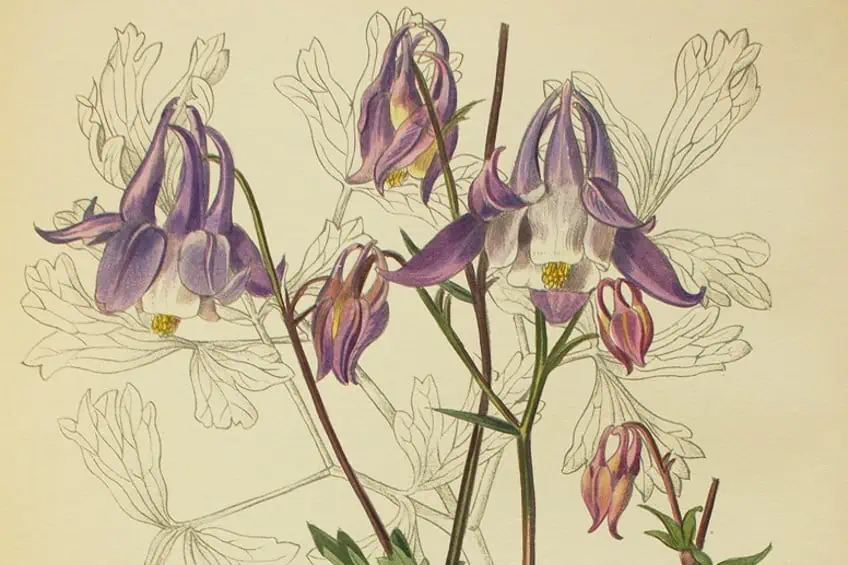Botanical Illustration Art – Beautiful Sketches of Nature
Before the invention of photography, artists were responsible for capturing the minute details of the world, including its flora and fauna. Together with scientists and researchers, artists of the Victorian era also provided their observation and drawing skills to create many scientific botanical illustrations, which were printed and distributed in thousands of botanical books during the 19th century. In this article, we will look at the history of Victorian botanical illustration, as well as a few famous botanical artists and their techniques used in creating botanical art. Keep reading for more about this niche artistic genre to learn about the world of botanical illustration art!
Contents
- 1 An Introduction to Botanical Illustration: Where Science Meets Art
- 2 Victorian Botanical Illustration
- 3 Famous Botanical Illustration Artists and Artworks
- 4 Reviewing the Importance of Botanical Art
- 5 Frequently Asked Questions
An Introduction to Botanical Illustration: Where Science Meets Art
Botanical illustration art has existed for centuries and is an art form that dates back to 1500 BCE Greece and was first identified on a mural called Lilium chalcedonicum found in Thera, Santorini. The Minoan fresco portrayed a landscape scene with swallows flying between red lilies and was painted by an unknown artist on the walls of a house. Around the 4th century BCE, many people interested in medicine began to realize the importance of documenting plants and recording their healing properties.
Manuscripts from ancient Greece also name-dropped a physician called Krateus who operated during the 1st century BCE, documenting flowers for scientific purposes and was identified as the father of botanical illustration art.
Later on in 70 CE, a text called De Materia Medica was discovered and was authored by Pedanius Dioscorides, who was a Greek botanist that created the book to assist readers with identifying different species of plants for medicinal purposes. Other pioneering figures in botanical illustration include the father of Modern taxonomy Carl Linnaeus and botanical artist Georg Dionysus Ehret, who piloted the use of botanical drawings to describe and classify the natural structure of plants.
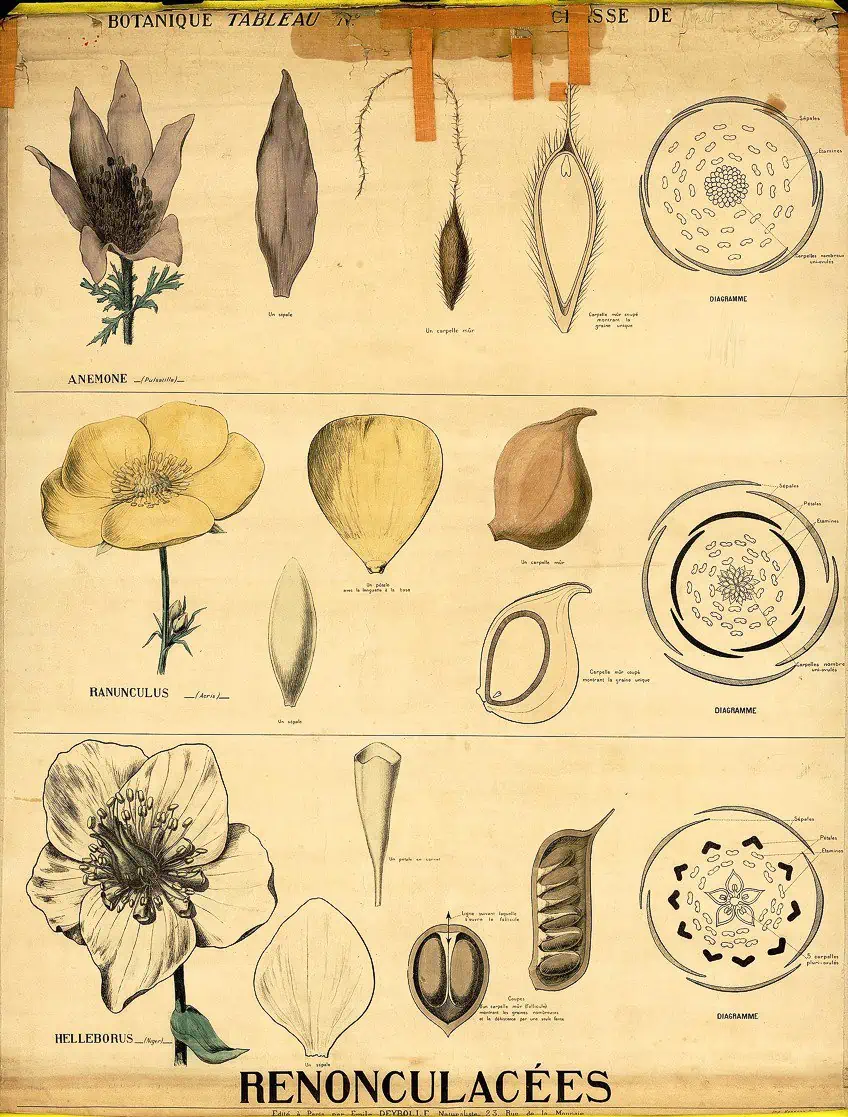
So what is botanical illustration art? Botanical illustration art refers to the art form defined by the detailed and accurate depiction of botanical elements, including plant life. The art form is usually practiced by artists who have keen observational skills and who can capture the smallest details of flora and fauna. You may find yourself wondering “What is the difference between flower painting and botanical illustration?” The answer involves recognizing the function of each practice as directed to different fields: art and science, and in some cases, a combination of both.
Botanical drawings are primarily directed at artists who produce accurate and visually pleasing plant illustrations for scientific purposes and as reference illustrations to journals or researchers.
On the other hand, artists who paint flowers are not necessarily botanical artists since the artwork is created for artistic appreciation and not solely for scientific use. Scientific botanical illustration, therefore, emphasizes its association with accuracy and science rather than visual art and conceptual artistic admiration.
Victorian Botanical Illustration
Botanical illustration art was a trending art practice in 19th century Victorian England, which saw a boom in many middle-class citizens’ interest in botany along with the discovery of many new plant species. The Victorian era saw many artists being employed to create intricate and beautiful botanical illustrations that not only became stunning works of art but were also seen as invaluable to scientists who studied plant life. Prominent botanical artists such as Walter Hood Finch and Marianne North were influential at the time and helped popularize the practice while publishing their works in scientific journals and books.
Citizens of the middle class were also able to afford additional resources to practice new hobbies and as such, the Victorian era birthed many collectors of botanical specimens and aspiring gardeners. The demand for accurate illustrations of plant life was at an all-time high as compared to the practice today, which is seen as an endangered art form.
Botanical illustration art was an enjoyable practice used by hobbyists and professionals, however, it was also a practice that was employed as a tool in Imperial Britain during many colonization endeavors when botanical artists would be deployed to document the plant life of the colonized areas. A few specimens would also be taken away from these colonized countries for study in Europe and were viewed as symbols of imperial power. Just as the Renaissance was the golden age of painting, the Victorian era was the golden age of scientific botanical illustration art.
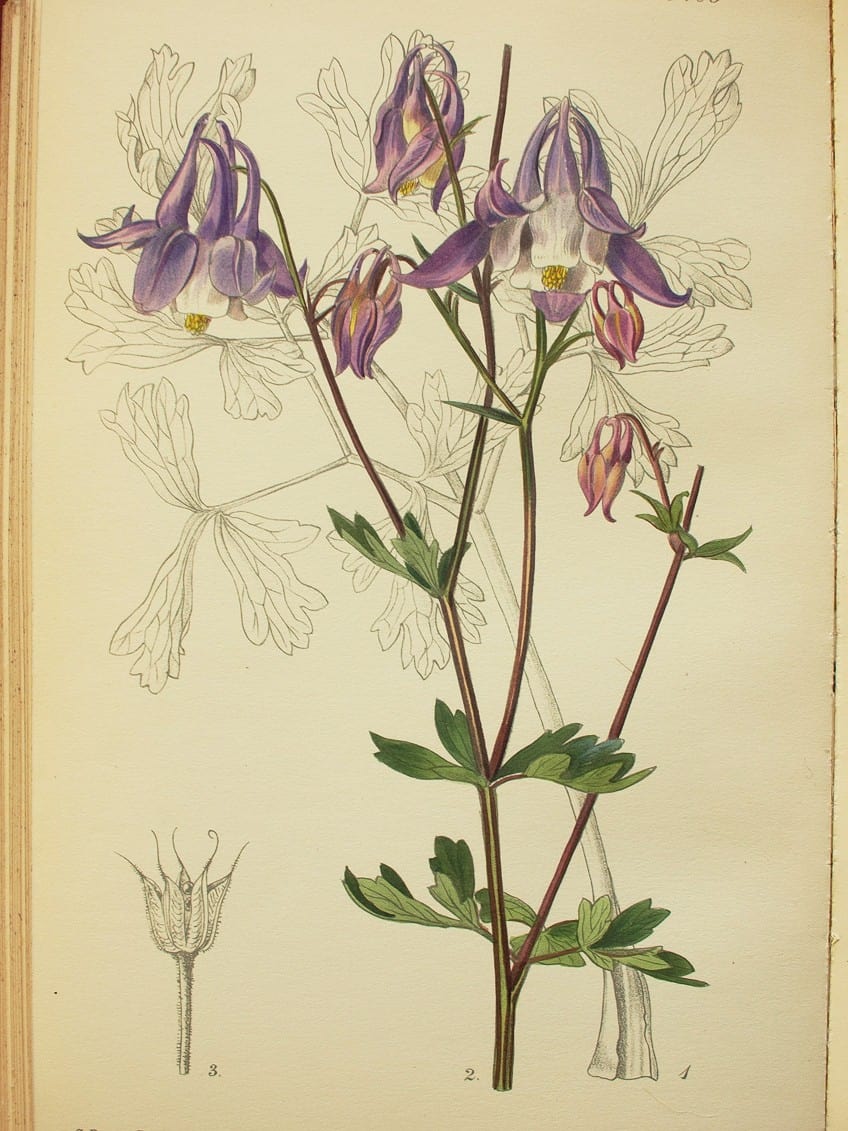
This is not to say that the Renaissance saw an absence of botanical artists, rather, the art form took a backseat in public recognition and was also practiced by many well-known figures, including Leonardo da Vinci and Albrecht Dürer. During the Renaissance, botanical art was necessary for the documentation of animals and plants due to the increased interest in the natural world and scientists need to understand these elements.
Artists such as Da Vinci created numerous botanical illustrations, which propelled the recognition of fine artists and the need for such artists in the scientific community.
Famous Botanical Illustration Artists and Artworks
Now that you have an understanding of the origins of botanical art, you can now enjoy learning about these amazing botanical artists and their famous botanical drawings and artworks that will have you in awe of their skills! Keep in mind that the art of capturing accuracy and detail demonstrates the eye of the artist, many of whom are listed below were also able to use such observational skills to create some of the world’s most famous paintings!
Leonardo da Vinci (1452 – 1519)
| Artist Name | Leonardo di ser Piero da Vinci |
| Date of Birth | 15 April 1452 |
| Date of Death | 2 May 1519 |
| Nationality | Italian |
| Associated Movements, Themes, and Styles | Italian High Renaissance, botanical art, design, figurative, portraiture, landscape art, Christian art, and human anatomy |
| Mediums | Drawing, painting, architecture, and sculpture |
| Famous Artworks | ● A Sprig of Guelder Rose with Berries (c.1505 – 1510) ● Oak and Dyer’s Greenweed (c.1505 – 1510) ● A Star-of-Bethlehem and Other Plants (c.1506 – 1512) ● A Branch of Blackberry and a Stem of Bird’s-foot Trefoil (c.1506 – 1512) |
Leonardo da Vinci was among the best Renaissance botanical illustrators, who was not only a master of painting, drawing, and architecture, but was also deeply invested in scientific illustration, including the human body and plant life.
Many of his best surviving red chalk botanical drawings can be found in the Royal Collection and showcase the polymath’s eye for accuracy and passion for scientific illustrations.
Star of Bethlehem, Wood Anemone, and Sun Spurge (c.1506 – 1512)
| Date | c. 1506 – 1512 |
| Medium | Red chalk, pen, and ink on paper |
| Dimensions (cm) | 19.8 x 16 |
| Where It Is Housed | Royal Collection Trust, London, United Kingdom |
This famous botanical illustration was part of a series of plant drawings created by Da Vinci between 1505 and 1512. This study is among his most recognized botanical drawings that showcase in detail the star-shaped flowers of the Star of Bethlehem plant with its twisted leaves as well as wood anemone and the leaves of the crow’s foot plant. In the background are grasses and below is a blooming sun spurge plant with smaller studies of its flowers.
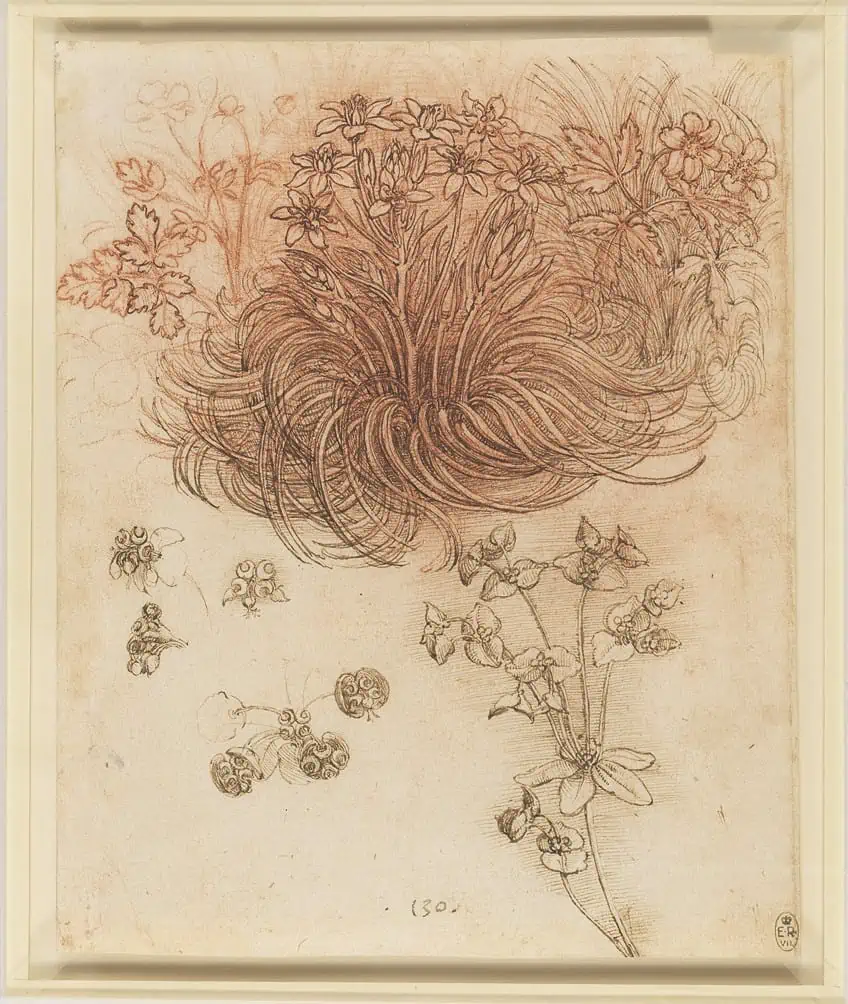
Between the years 1505 and 1510, Da Vinci created a series of botanical works for his painting of Leda and the Swan, which was destroyed in the early 18th century. These botanical works highlight Da Vinci’s passion for the structure of different plant species, which were often executed in “unnecessary” detail for his paintings and thus prove Da Vinci’s admiration of nature.
Franz Bauer (1758 – 1840)
| Name | Franz Andreas Bauer |
| Date of Birth | 14 March 1758 |
| Date of Death | 11 December 1840 |
| Nationality | Austrian |
| Associated Movements, Themes, and Styles | Botanical art and scientific botanical illustration |
| Mediums | Drawing and watercolor painting |
| Famous Artworks | ● King Protea (c. 1800) ● Strelitzia Reginae (c. 1820) |
Franz Bauer was a notable Austrian botanical illustrator of the late 18th and early 19th centuries who was best known for his detailed watercolor paintings depicting a variety of botanical specimens and plants. Franz and his brother Ferdinand were dubbed the “Bauer brothers” who were celebrated for their contributions to the field of botanical art. Many of his works can be found at the Natural History Museum. While the two brothers had a similar art style to each other, the trajectories of their careers were completely different.
Franz was recruited by Sir Joseph Banks to work at the Royal Botanic Gardens in Kew, where he spent the majority of his career.
It was at the Royal Botanic Gardens where Franz adopted the microscope in his drawing process to create many detailed and unique studies of orchid species. He also collaborated with the Scottish botanist Robert Brown with whom he produced many botanical sketches and graphite templates, which he used to create watercolor paintings. It was estimated that the duo produced more than 30,000 botanical artworks during their cumulative careers.
Delineations of exotick plants cultivated in the Royal Gardens at Kew. London (1796)
| Date | 1796 |
| Medium | Color lithograph |
| Dimensions (cm) | Unavailable |
| Where It Is Housed | Dumbarton Oaks Research Library, Washington, D.C., United States |
Delineations of exotick plants cultivated in the Royal Gardens at Kew. London is a publication authored by Franz Bauer and published in 1796. The book documents the various exotic plants of the Royal Gardens in Kew and includes plants such as the Erica grandiflora, Erica monsonia, and the Erica sebana. Using light washes of color and stippling as a shading technique, Franz skillfully created many intricate flower illustrations that capture the anatomy of the exotic plants and beautifully highlight them at their healthiest states.

Pierre-Joseph Redouté (1759 – 1840)
| Name | Pierre-Joseph Redouté |
| Date of Birth | 10 July 1759 |
| Date of Death | 19 June 1840 |
| Nationality | French |
| Associated Movements, Themes, and Styles | Victorian botanical art |
| Mediums | Painting, drawing, engraving, and illustration |
| Famous Artworks | ● Four Peonies and a Crown Imperial (c. 1759 – 1840) ● Erica Fulgida (1813) ● A Flowering Cactus: Heliocereus Speciosus (1831) |
The Raphael of botanical painting, Pierre-Joseph Redouté was the master of botanical illustration throughout the early 19th century whose career also thrived as soon as color lithography was popularized. Redouté was most famous for his botanical drawings of flowers, including roses and lilies which he rendered with as much detail as one could hope to achieve in watercolor.
Redouté was also employed as a court painter for Marie Antoinette and managed to survive both the French Revolution and the Reign of Terror to achieve global recognition.
After working for Antoinette, he was employed by Empress Joséphine as well as Marie Louise and Maria Amalia, all of whom praised his work. Additionally, the Belgian artist was also open to collaboration and worked with many pioneering botanists throughout his tenure. His illustrations were also published in more than 50 publications containing illustrations from foreign countries, including Japan and South Africa.
Four Peonies and a Crown Imperial (c. 1759 – 1840)
| Date | c. 1759 – 1840 |
| Medium | Watercolor, gouache, and graphite on parchment; mounted on board |
| Dimensions (cm) | 37.5 x 29.5 |
| Where It Is Housed | The National Gallery of Art, Washington D.C., United States |
Four Peonies and a Crown Imperial is one of the most famous botanical paintings created by Pierre-Joseph Redouté and showcases the French artist’s mastery over botanical illustration. Redouté published more than 2,100 colored plates during his career and drew more than 1,800 different plant species, which is incredibly impressive!

He was also considered to be an important figure in Dutch and Flemish painting, having influenced many painters such as Jan Brueghel the Elder and Jan van Huysum. Four Peonies and a Crown Imperial is among Redouté’s more dramatic botanical paintings that draw attention to the flower’s petals and their colors as well as the varying shades of green against a dark background.
Ferdinand Bauer (1760 – 1826)
| Name | Ferdinand Lucas Bauer |
| Date of Birth | 20 January 1760 |
| Date of Death | 17 March 1826 |
| Nationality | Austrian |
| Associated Movements, Themes, and Styles | Botanical art and scientific botanical illustration |
| Mediums | Drawing and watercolor painting |
| Famous Artworks | ● Crows ash; Flindersia australis (c. 1802) ● Banksia Speciosa R. Brown (c. 1811) |
Franz’ brother Ferdinand Bauer was also one of the most talented botanical artists of the 18th century. Ferdinand Bauer was hired as a natural history artist on tour with the HMS Investigator and Matthew Flinders, who pioneered the first inshore circumnavigation of Australia, previously known as New Holland.
Illustrationes Florae Novae Hollandiae (1813)
| Date | 1813 |
| Medium | Engraving print |
| Dimensions (cm) | 4.05 x 26 |
| Where It Is Housed | Private collection |
Illustrationes Florae Novae Hollandiae showcases the work of Ferdinand Bauer as portrayed through three volumes of botanical sketches. Unfortunately, his series did not continue due to the claim that Ferdinand could not locate professional colorists and engravers to finish his work.

He did, however, manage to capture many species of plants during his expedition with Robert Brown under the directorship of Captain Flinders. One can only imagine how many unpublished botanical sketches Ferdinand held in storage. It was recorded that only 50 copies of the Illustrationes Florae Novae Hollandiae series were produced.
Walter Hood Fitch (1817 – 1892)
| Name | Walter Hood Fitch |
| Date of Birth | 28 February 1817 |
| Date of Death | 14 January 1892 |
| Nationality | Scottish |
| Associated Movements, Themes, and Styles | Victorian botanical art, and botanical illustration |
| Mediums | Color lithography, drawing, pattern design, and illustration |
| Famous Artworks | ● Mimulus roseus (1834) ● Illustrations for Icones Plantarum (1836 – 1876) ● Illustration for A Century of Orchidaceous Plants (1851) ● Himalayan Plants (1855) |
Walter Hood Fitch was a popular Scottish Victorian botanical artist who popularized the art form during the 19th century and was best known for his intricate botanical drawings of flowers. Fitch collaborated with many publications and scientists, including the botanist Sir William Jackson Hooker, for whom he produced numerous botanical artworks.
Fitch was a highly celebrated figure of botanical art at the time and was considered to be one of the most famous botanical artists of the 19th century.
He was also elected as a member of the Royal Society of Painters in Watercolors where he made many significant contributions to botanical journals, including Curtis’s Botanical Magazine, which was among the most prestigious botanical publications.
Illustrations of Himalayan Plants (1855)
| Date | 1855 |
| Medium | Hand-colored lithographs |
| Dimensions (cm) | 50.6 x 37 |
| Where It Is Housed | Private collection |
Illustrations of Himalayan Plants was Fitch’s most famous botanical illustration series produced with the famed explorer Sir Joseph Dalton Hooker in 1855. The series expresses Fitch’s acute attention to detail in producing botanical illustrations, which inspired many artists to take up the art practice.
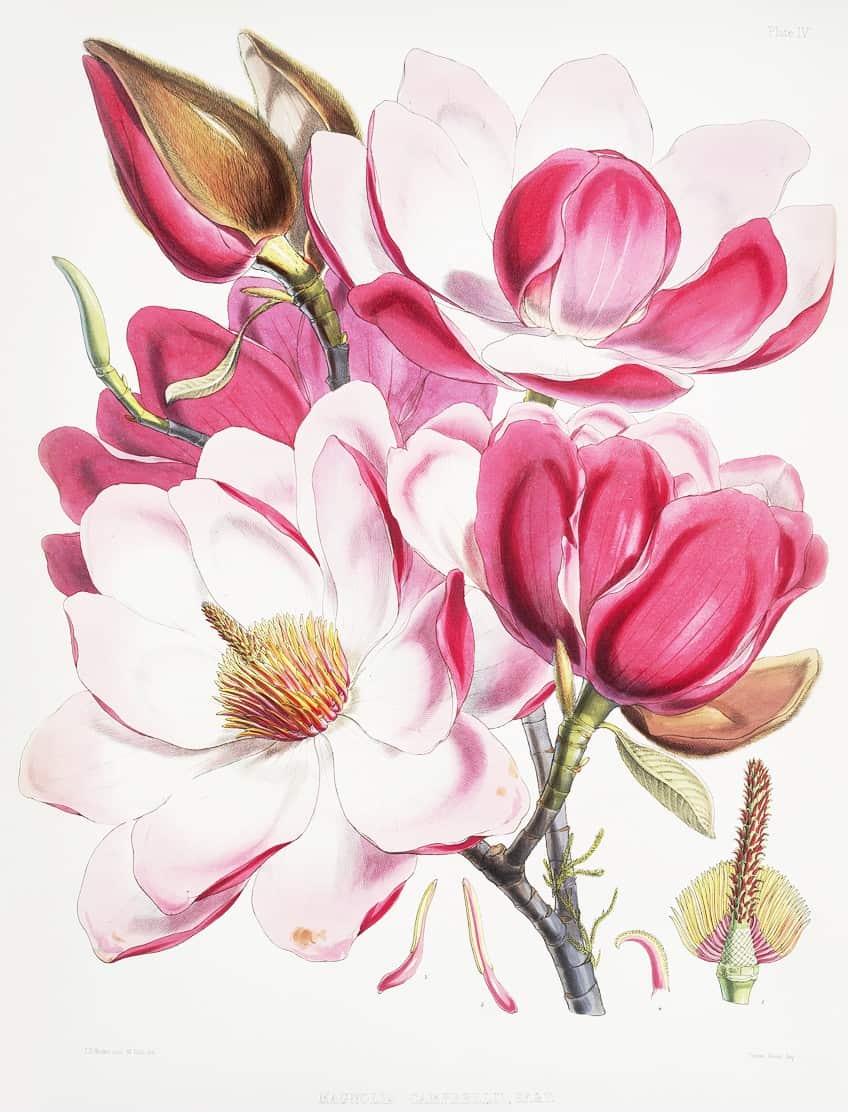
His precise botanical drawings showcase his delicate hand at shading and use of watercolor to highlight the vibrancy of the plants. The beauty of his illustrations is marked not only by his scientific accuracy but also by the meticulous approach to color, which made Fitch one of the most sought-after botanical artists of the 19th century. Hooker was also recognized as one of the closest friends of Charles Darwin.
Marianne North (1830 – 1890)
| Name | Marianne North |
| Date of Birth | 24 October 1830 |
| Date of Death | 30 August 1890 |
| Nationality | English |
| Associated Movements, Themes, and Styles | Victorian botanical art and landscape art |
| Mediums | Drawing, illustration, writing, and painting |
| Famous Artworks | ● A New Pitcher Plant from the Limestone Mountains of Sarawak, Borneo (c. 1876) ● Distant View of Mount Fujiyama, Japan, and Wistaria (c. 1876) ● A Darjeeling Oak Festooned with a Climber (1878) ● African Baobab Tree in the Princess’s Garden at Tanjore, India (c. 1878) |
Marianne North was one of the best botanical artists and professional Victorian biologists of the 19th century who created many stunning and vibrant botanical paintings. North traveled extensively to document and discover new plant species while capturing their beauty exquisitely through painting and drawing.
North established the Marianne North Gallery at Kew in 1879, which currently holds around 800 of her botanical artworks.
It is believed that North turned to botanical illustration as a coping mechanism for her experience with grief after the death of her mother and later, her father. By the mid-19th century, North had already traveled across Europe and the Middle East, illustrating scenes and plant life from places that many Europeans at the time had not seen before.
Distant View of Mount Fujiyama, Japan, and Wistaria (c. 1876)
| Date | c. 1876 |
| Medium | Oil on board |
| Dimensions (cm) | 29.4 x 63.1 |
| Where It Is Housed | Marianne North Gallery, Surrey, United Kingdom
|
North’s approach to botanical painting was informed by her limited color palette which consisted of striking colors and varying shades of green, blue, and orange. She rarely used black in her work and often included the majestic landscapes of the numerous countries she explored. Her works left a resounding legacy on the art of botanical painting and its appreciation by the scientific community and as such, a few plant species were named after North.
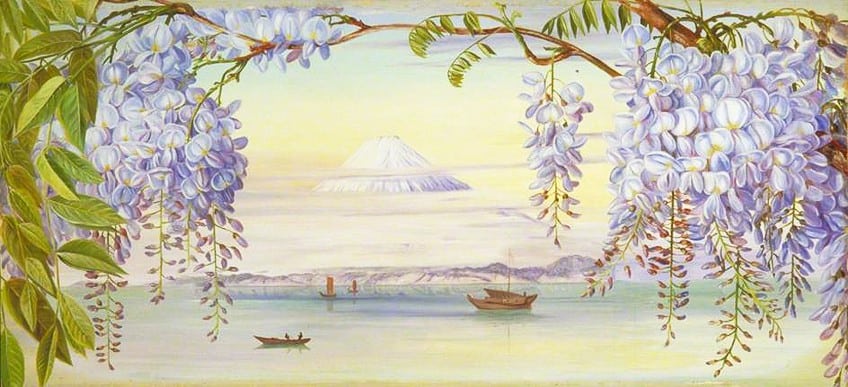
These include Chassalia northiana, Areca northiana, and Nepenthes northiana among a few others with her own genus name Northia. She also holds the title of being the only woman in Britain to have a permanent solo exhibition up at Kew Gardens. Other notable botanical illustration artists include figures such as Anne Pratt, Elizabeth Blackwell, Margaret Mee, and Maria Sibylla Merian among many others!
Reviewing the Importance of Botanical Art
These top botanical artists may have pioneered the genre of botanical illustration and boosted its popularity as a specialized art practice, however, one needs to understand the importance of botanical illustration in the context of the societies it was most popular. In Contemporary times, botanical illustration is seen as a dying art form with very few remaining specialists who have always produced their best work for the sake of keeping the practice alive and ensuring the bridge between science and art is maintained.
Botanical illustration is also incredibly important for the ongoing development of plant science since the artist is responsible for presenting the structure and character of the plant to the viewer.

Whether the illustrations are watercolor or ink and pen drawings, they are still useful in helping botanists spot any information on the plant details that may have been missed. Botanical illustrations provide botanists with general information and details about the plant, including its flowers, seeds, veins, and hairs, which are considered valuable information. It is thus the illustrator’s job to integrate updated and modern modes of creating visually pleasing and detailed botanical images for use in scientific literature and presentation such that it communicates information in a way that captures the viewer’s interest while providing scientific information.
Botanical illustration art is a necessary art practice that is highly valued by the scientific community for its contribution to botany and the documentation of new and existing plant species. By examining the different pioneers and their unique backgrounds in pursuing botanical illustration, one can truly understand the value and impact that botanical artists have had on art and science literature.
Frequently Asked Questions
What Is Botanical Illustration Art?
Botanical illustration art refers to artwork that portrays an accurate and detailed visual representation of plants for scientific purposes. Botanical artists aim to create an illustration that is both visually pleasing and scientifically accurate.
Who Was the Father of Botanical Illustration Art?
The father of botanical illustration art was a Greek artist and physician known as Krateus or Crateuas. He was best known for his contributions to early pharmacology, where he provided many botanical illustrations with their corresponding classifications and medicinal uses. His book also contained quotations taken from another physician called Pedanius Dioscorides, who was active during 50 CE.
What Key Skills Are Required for Creating Scientific Botanical Art?
A few key skills required for creating botanical art include excellent observational skills to document living plants and reconstitute dry plant material. Other key skills include an eye for accuracy to ensure the correct documentation of plants using a microscope, and a basic understanding of plant morphology, and the plant life cycle.
Jordan Anthony is a Cape Town-based film photographer, curator, and arts writer. She holds a Bachelor of Art in Fine Arts from the University of the Witwatersrand, Johannesburg, where she explored themes like healing, identity, dreams, and intuitive creation in her Contemporary art practice. Jordan has collaborated with various local art institutions, including the KZNSA Gallery in Durban, the Turbine Art Fair, and the Wits Art Museum. Her photography focuses on abstract color manipulations, portraiture, candid shots, and urban landscapes. She’s intrigued by philosophy, memory, and esotericism, drawing inspiration from Surrealism, Fluxus, and ancient civilizations, as well as childhood influences and found objects. Jordan is working for artfilemagazine since 2022 and writes blog posts about art history and photography.
Learn more about Jordan Anthony and about us.
Cite this Article
Jordan, Anthony, “Botanical Illustration Art – Beautiful Sketches of Nature.” artfilemagazine – Your Online Art Source. October 11, 2023. URL: https://artfilemagazine.com/botanical-illustration-art/
Anthony, J. (2023, 11 October). Botanical Illustration Art – Beautiful Sketches of Nature. artfilemagazine – Your Online Art Source. https://artfilemagazine.com/botanical-illustration-art/
Anthony, Jordan. “Botanical Illustration Art – Beautiful Sketches of Nature.” artfilemagazine – Your Online Art Source, October 11, 2023. https://artfilemagazine.com/botanical-illustration-art/.


